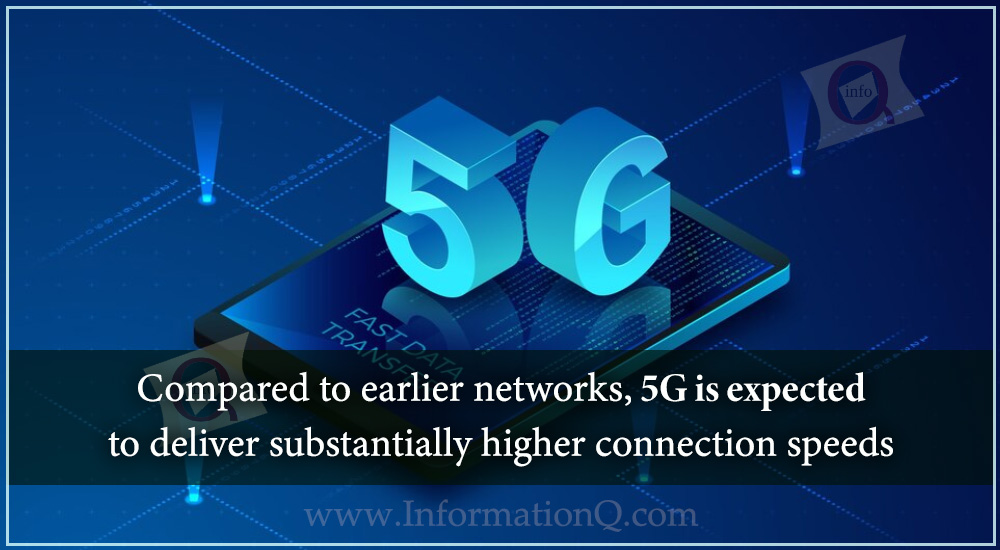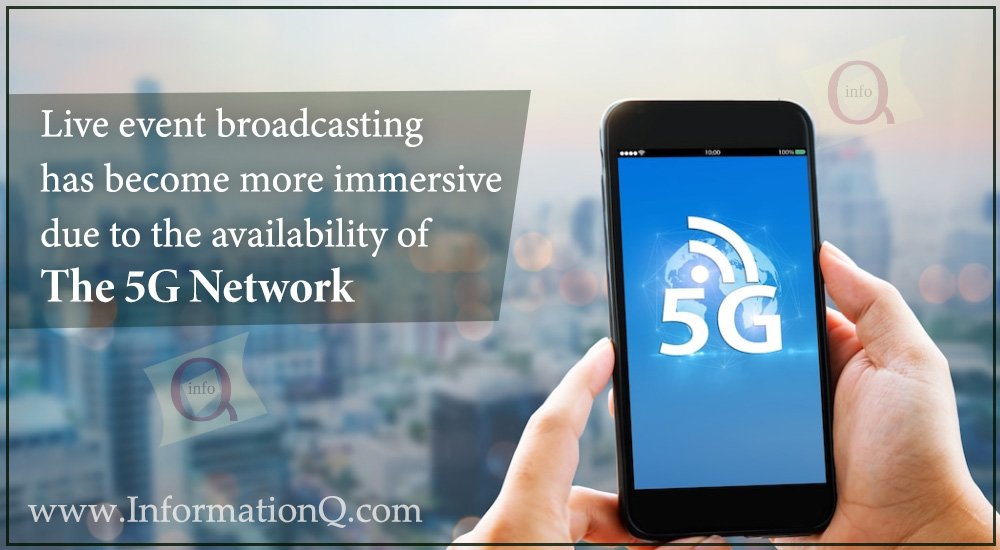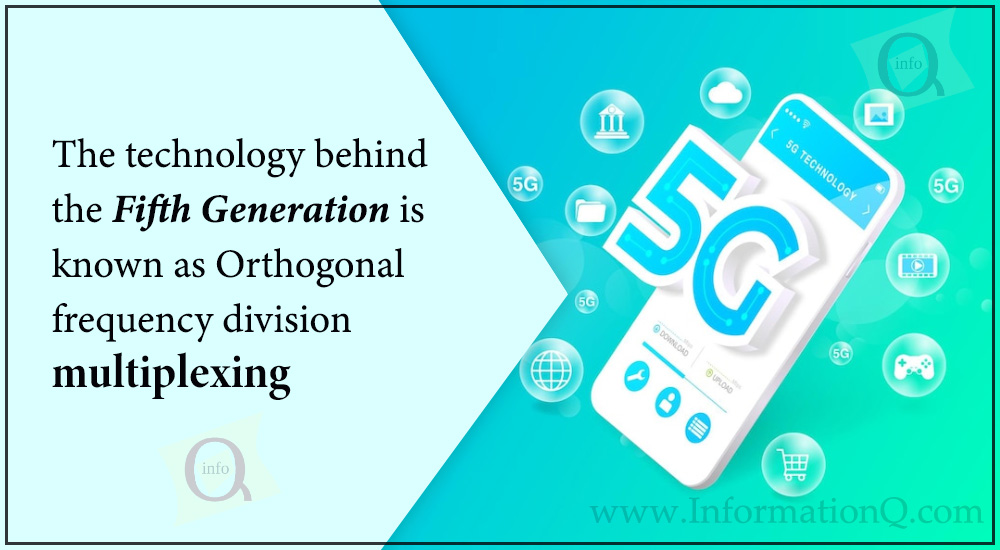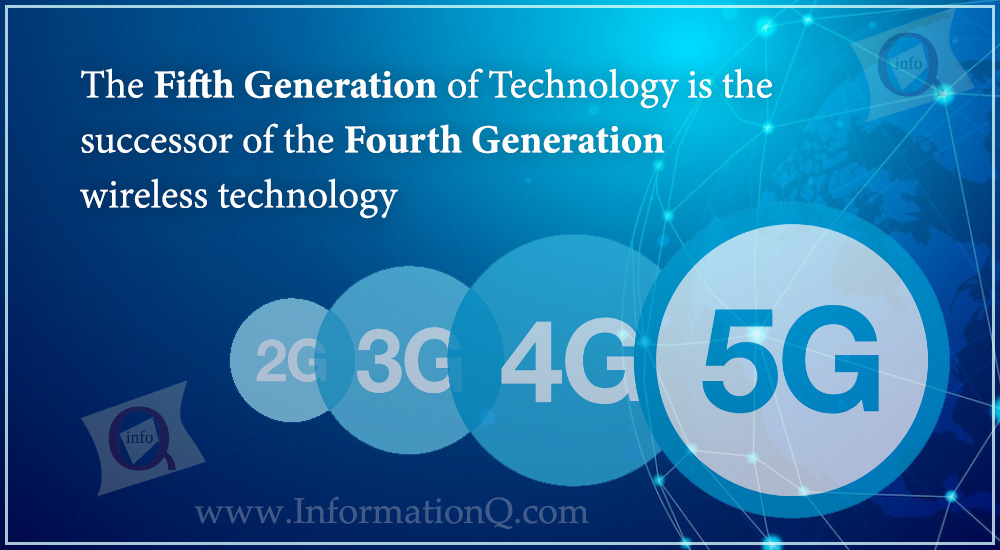The fifth generation of cellular networks is known as 5G. The fifth generation of mobile networks, or 5G, is what comes after the 2G, 3G, and 4G generations. Compared to earlier networks, 5G is expected to deliver substantially higher connection speeds. They are more dependable and have more capacity and quicker reaction times. It is a technological generational leap in which everything is brand-new, including the radio, core network, and spectrum frequencies.

Whereas the app economy and mobile video have advanced thanks to 4G’s speed and capacity, 5G provides a platform for whole new developments. The 5G wireless technology goal is to provide more users with faster data rates, extremely low latency, enhanced dependability, vast network capacity, and a more consistent user experience. Greater effectiveness and efficiency enable new user experiences and link new industries. The 5G technology that is now available typically still needs a 4G network to connect.
The 5G technology has adopted simplified mobility and creates the capability for seamless open roaming between cellular and Wireless technology. The real-world experience is a new era of connected experience, and the Fifth Generation is the product of improved web implementation.
Benefits of the 5G Network?
Live event broadcasting has become more immersive due to available of 5G Network. The online college classes were far-fetched from what it used to be during the 4G days as 5G helps the video streaming much clearer and has heighted clairvoyance in it.



The expanded capacity of 5G has made organizations swap between cellular and Wireless Technology. The technology has got the capability of 100 times 4G technology. The efficiency of accessing the internet has increased with ultimate performance.
The 5G technology has made consumers get higher bandwidth. Hence, it does not take a longer time to transfer data instantly. Mobile phone users take the speedier connection benefit by selecting the 5G Network.
It is now easy to connect multiple devices with minimal tower congestion. 4G technology has got the limitation of higher congestion. However, the enhanced Fifth Generation technology has made life easy with its better speed and higher bandwidth.
The technology has embraced IoT and made the industries adopt innovation. We can now easily access drones and sensors and various other smart devices.
How does 5G Technology/Network work?
The technology behind the Fifth generation is known as Orthogonal frequency division multiplexing. It utilizes the process of modulating a digital motion via different channels by lessening interference. Wireless communication uses a spectrum to harbor information via the air. However, 5G network uses less cluttered higher radio frequencies. It assists harbor information at a swifter rate. These frequencies were unused. Later the controllers flared them for certifying. They are commonly known as millimeter waves. The expensive and unaccustomed devices have kept consumers away from these waves.



At times, the large distances and physical objects become the barrier to commuting information. 5G network uses multiple inputs and output antennas to bypass these challenges. These antennas boost the signal and enhance the capacity throughout the wireless network.
5G supports almost 1000 more devices per meter in comparison to the 4G. Some transmitters are positioned on buildings and street furniture. They break the physical network into slices and generate virtual networks. The operation caters to the right slice as per the utilization and helps in managing the network.
Difference between 4G Network and 5G Network
The Fifth generation of Technology is the successor of the Fourth Generation wireless technology. The 4G has introduced the feature of Long Term Evolution and has reigned in 2010 with its innovative cellular technology. LTE is known as the golden era of wireless technology and has introduced 5G networks. The early deployment was started in 2010. However, it reached popularity in the mid-2020s. The combination of the fastest network speed and real-time transmission has made the technology popular amongst the masses.



4G has introduced applications that support VoIP. While 5G has created a promissory download acceleration. The upload rate of 4G technology is around 500 MBPS while that of 5G is 1.25 GBPS. 4G offered just the CDMA while 5G offers BDMA, and OFDM. 4G is used for many high-speed applications, wearable devices, or mobile TV while 5G can be used for streaming sports live much better, become a remote for vehicles, medical procedures or the robots. All, in all 5G is more efficient than 4G in all sense.
Leave a Reply